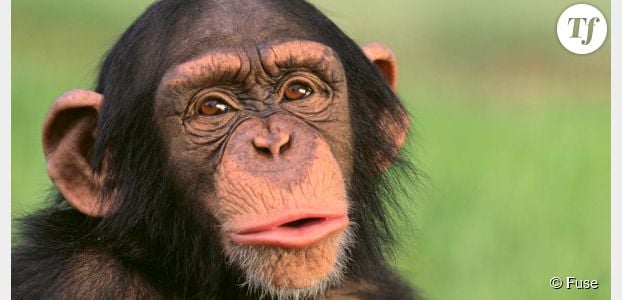

In the Le Singe Peintre series, however, he used portrait paintings from, among others, Frans Hals, Rembrandt, van Eyck or Bruyn, in which I swap the heads and hands with those of a primate.

But the most consistent in terms of its context remains Chardin, who shows the monkey in his penchant for mimesis as a mindless imitator, who paints well and sometimes badly, just as luck would have it.Īs with Stefan à Wengens ghost portraits (2005) and the original gurus (2014 – 2017), strictly speaking, and recognizable through collages, he initially creates fakes, which are then turned into originals again through their implementation in painting with their guaranteed claim to truth. In the so-called Les Singeries from the 17th to 19th centuries, the monkey even took on completely human roles, such as those of the inn goers and their drinking, those of the world travelers or those of the pipe-makers in a smoking salon, seen by painters like Ferdinand van Kessel (1648 – 1696), David Teniers (1610 – 1690) or Sir Edwin Landseer (1802 – 1873).


The bestiary of the Middle Ages, however, link the monkey with the image of the devil and evil and thereby emphasize its malicious and superficial character.ĭespite all of this – or perhaps precisely for these reasons – the monkey found his image motif again and again in painting, both in the old masters and in the modern to the present day. It is also rumored that Chardin’s image expresses his silent visual criticism of less important colleagues who received a free royal pension in the Louvre before him.Įven the Roman scholar Pliny the Elder, who achieved great renown through his encyclopedic work on natural history, describes the characteristic of the monkey as an animal with human-like features and with a habit of always imitating people, as a kind of caricature of it. Or to put it more sincerely: he shows the artist as a monkey who can adapt and wants to be willing to criticize. So the work shows the artist as a monkey, who instead of education only has the ability to reproduce. In 1740, Jean Baptiste Siméon Chardin painted a small picture* of a monkey – here one of the lemur genus – who, well dressed and with a two-pointed hat on his head, sits in front of the canvas with a brush and a stick, and tried to paint the figure to the right.


 0 kommentar(er)
0 kommentar(er)
